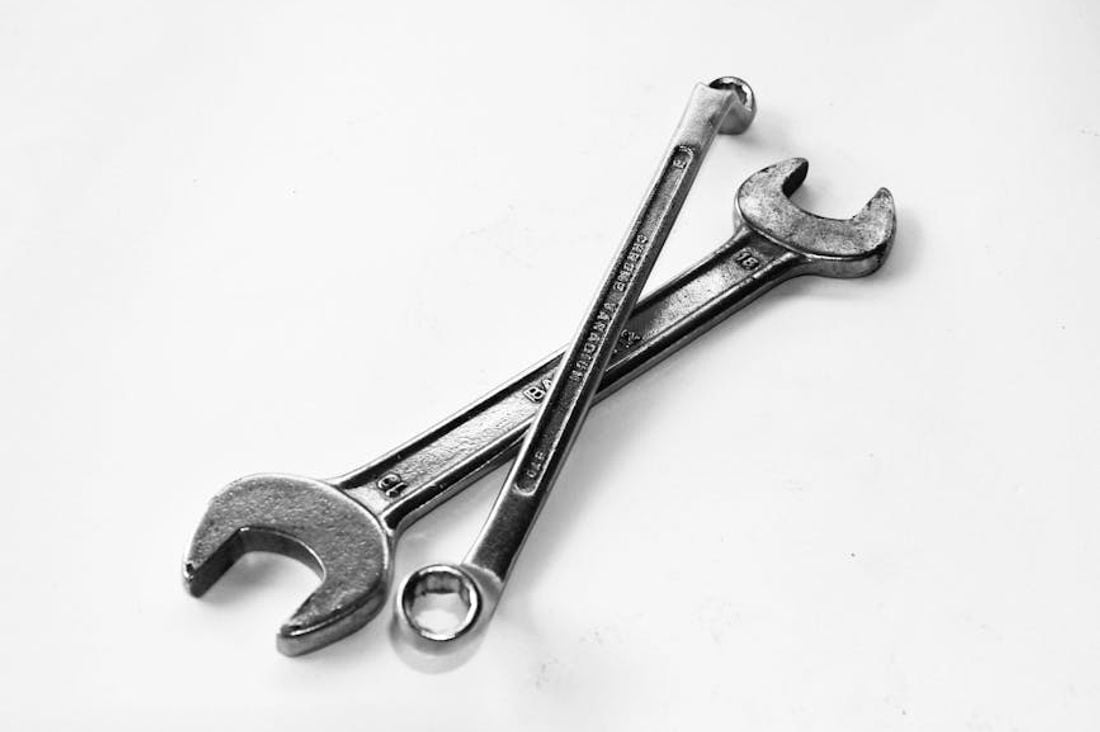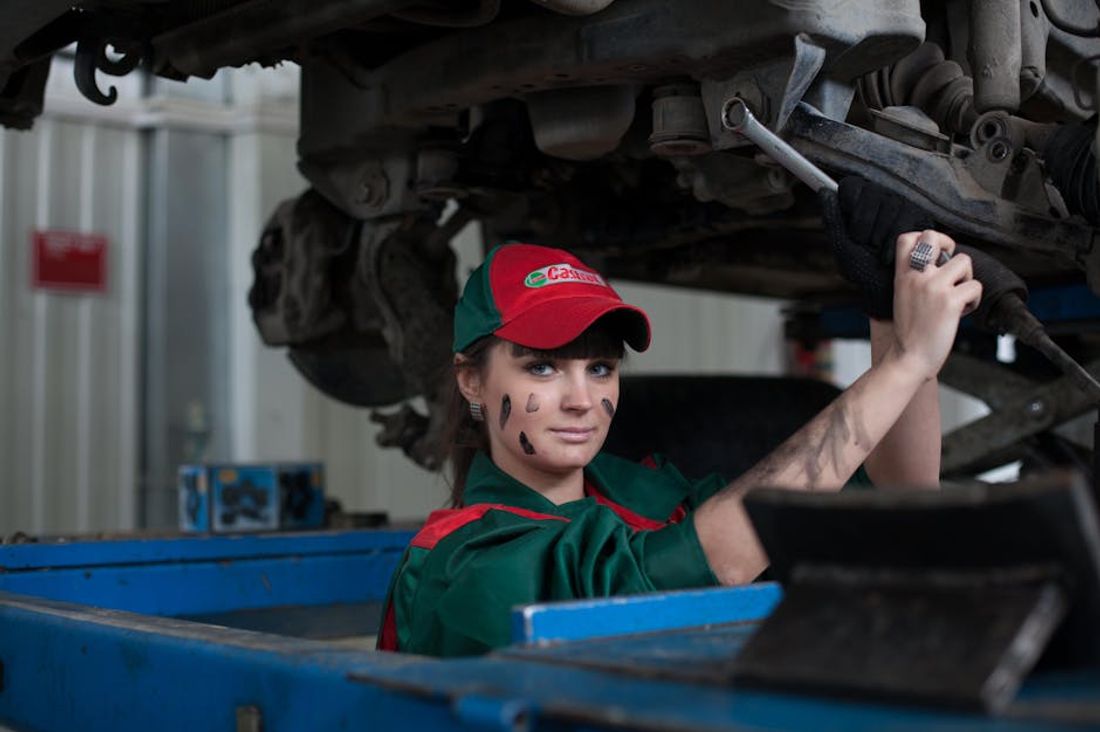In the realm of automotive repair, where precision reigns supreme and intricate systems converge, the mechanic emerges as an unsung artist, wielding tools as their brush and the engine as their canvas. With a keen eye for detail and a deep understanding of the vehicle's inner workings, they navigate the labyrinthine pathways of metal and mechanics, restoring life and performance to ailing machines.

The Mechanic's Intuition: A Blend of Knowledge and Experience
The mechanic's journey begins with a symphony of sounds, smells, and vibrations as they diagnose the vehicle's ailment. Each click, clank, and hiss offers a clue, a whisper from the engine's soul, revealing the hidden maladies that impede its performance. Armed with years of experience and a wealth of technical knowledge, the mechanic deciphers these cryptic messages, piecing together the puzzle of the problem.

The Art of Restoration: A Dance of Precision and Skill
With a surgeon's precision, the mechanic dives into the depths of the engine, replacing worn-out components, realigning misaligned parts, and restoring the vehicle's vitality. Their hands, calloused and skilled, move with a practiced grace, each action a testament to their mastery of the craft. As they work, they breathe new life into the machine, transforming it from a mere collection of parts into a symphony of mechanical harmony.
AI-Assisted Content Disclaimer
This article was created with AI assistance and reviewed by a human for accuracy and clarity.